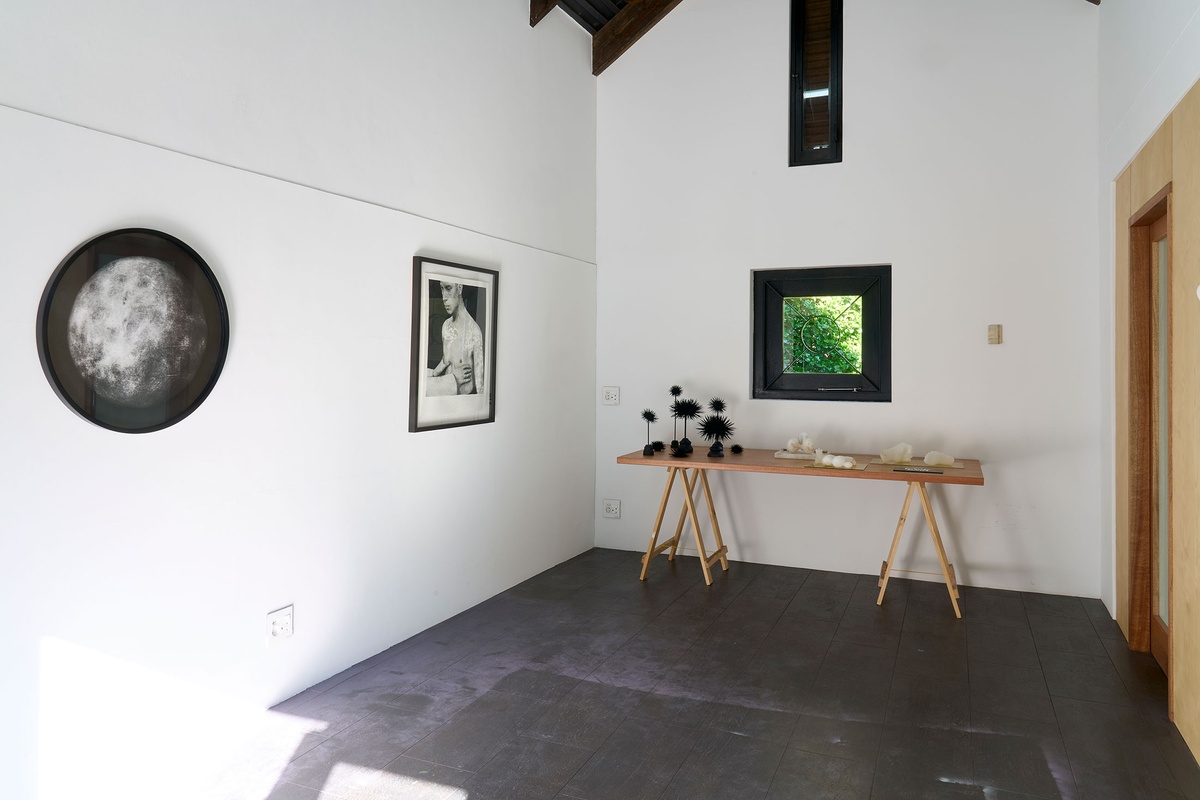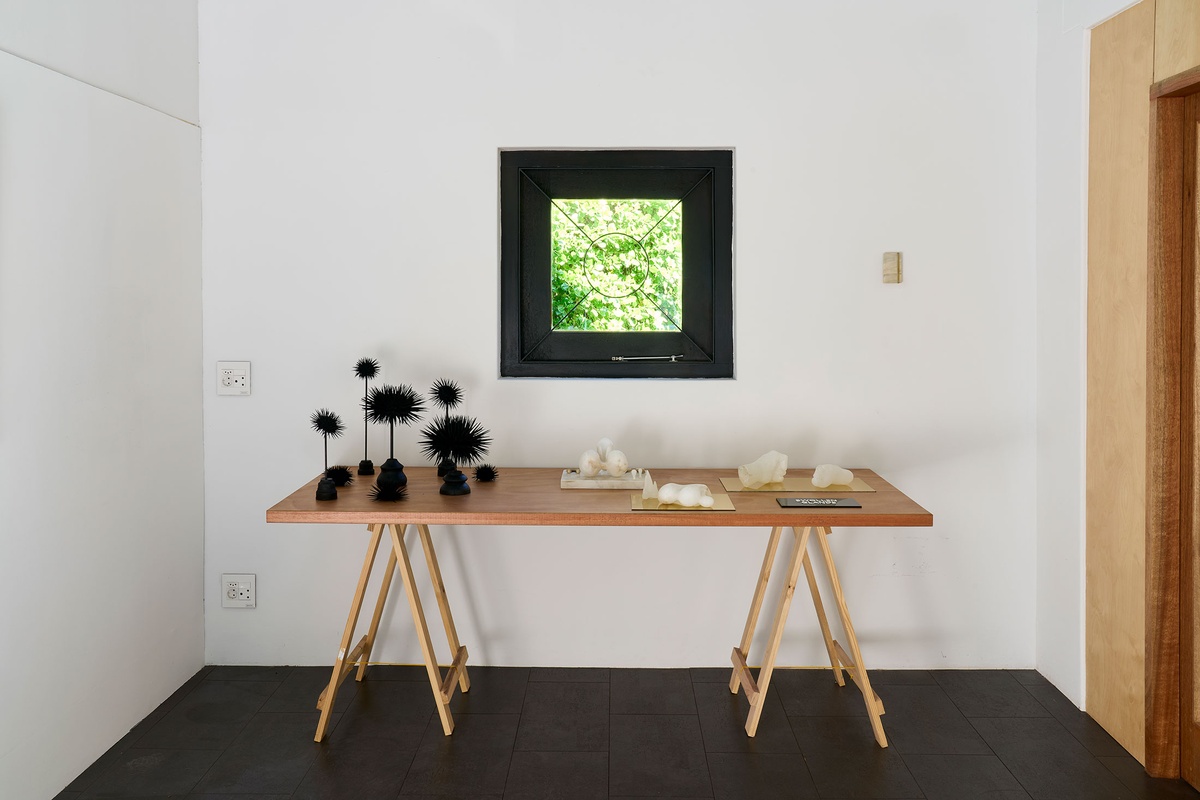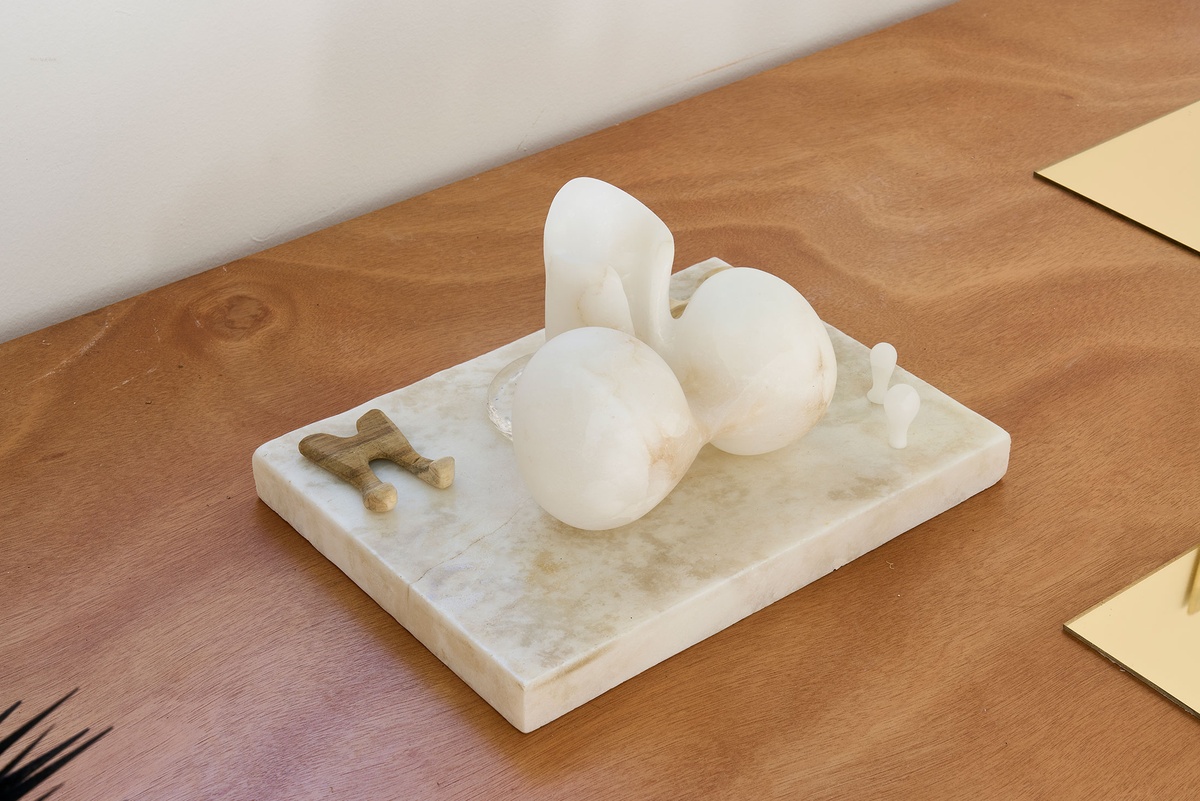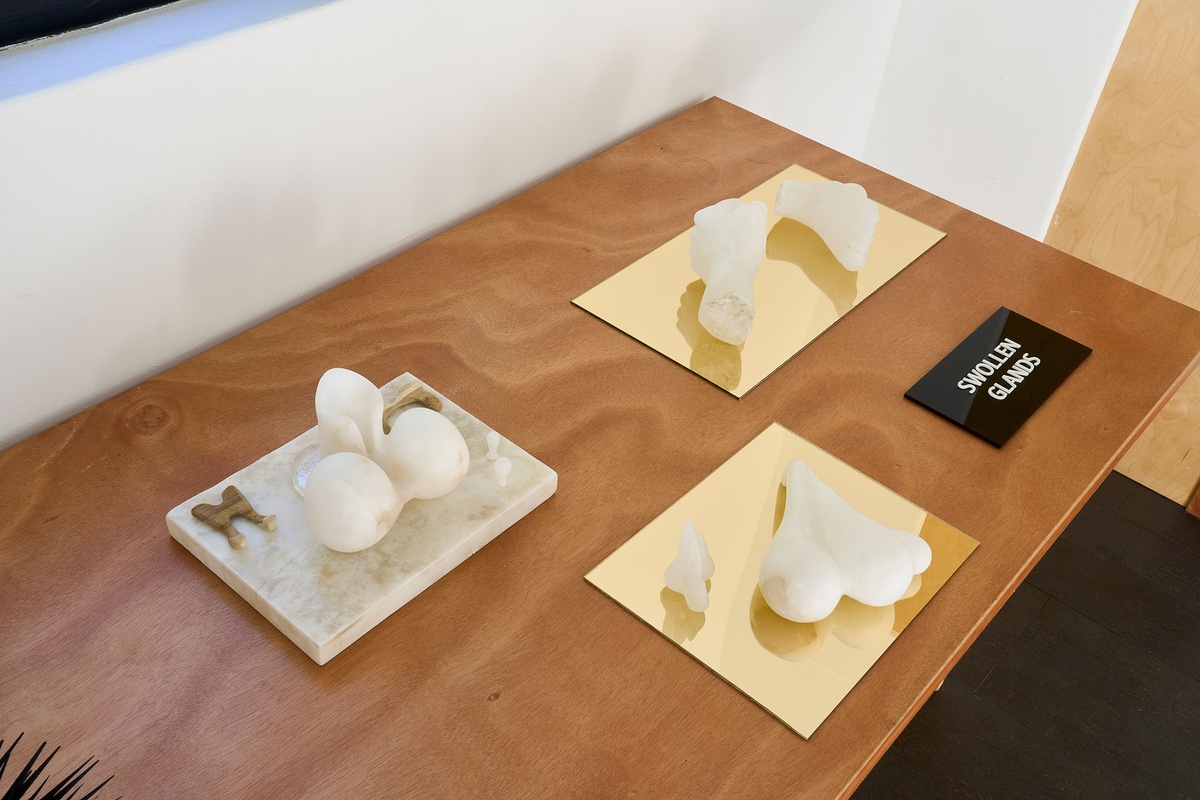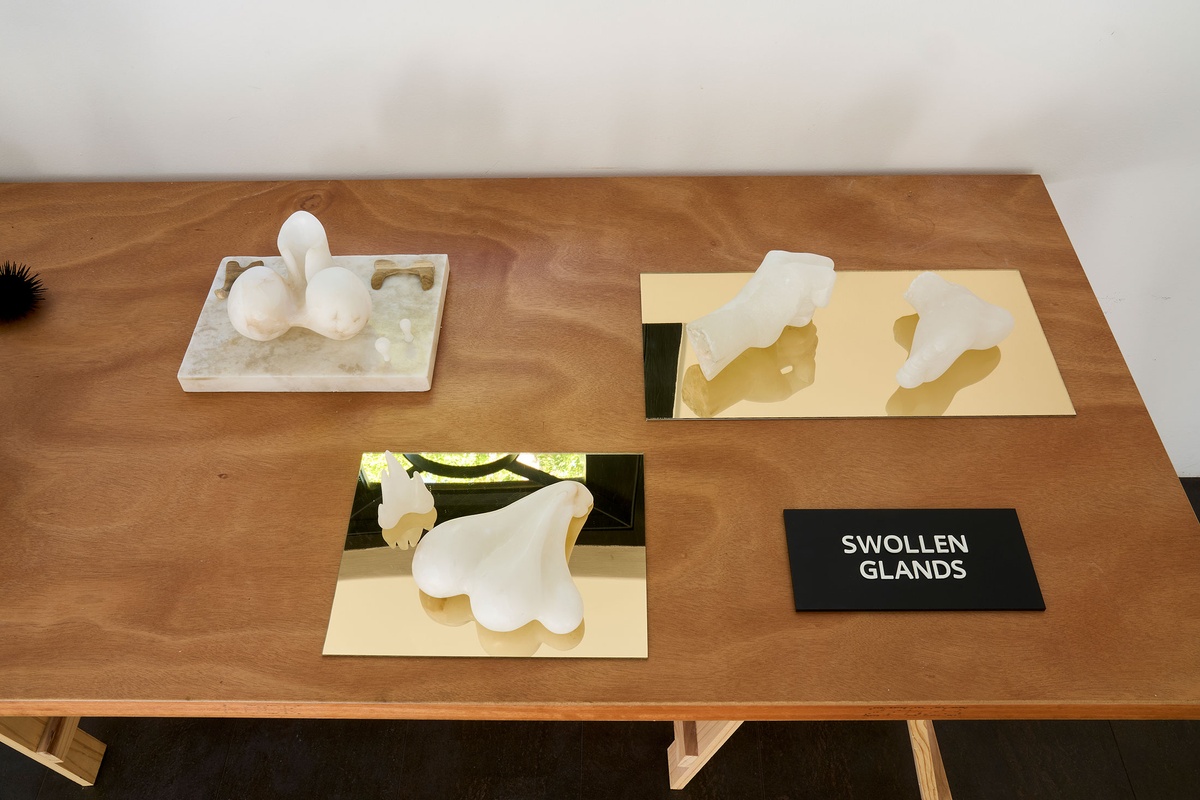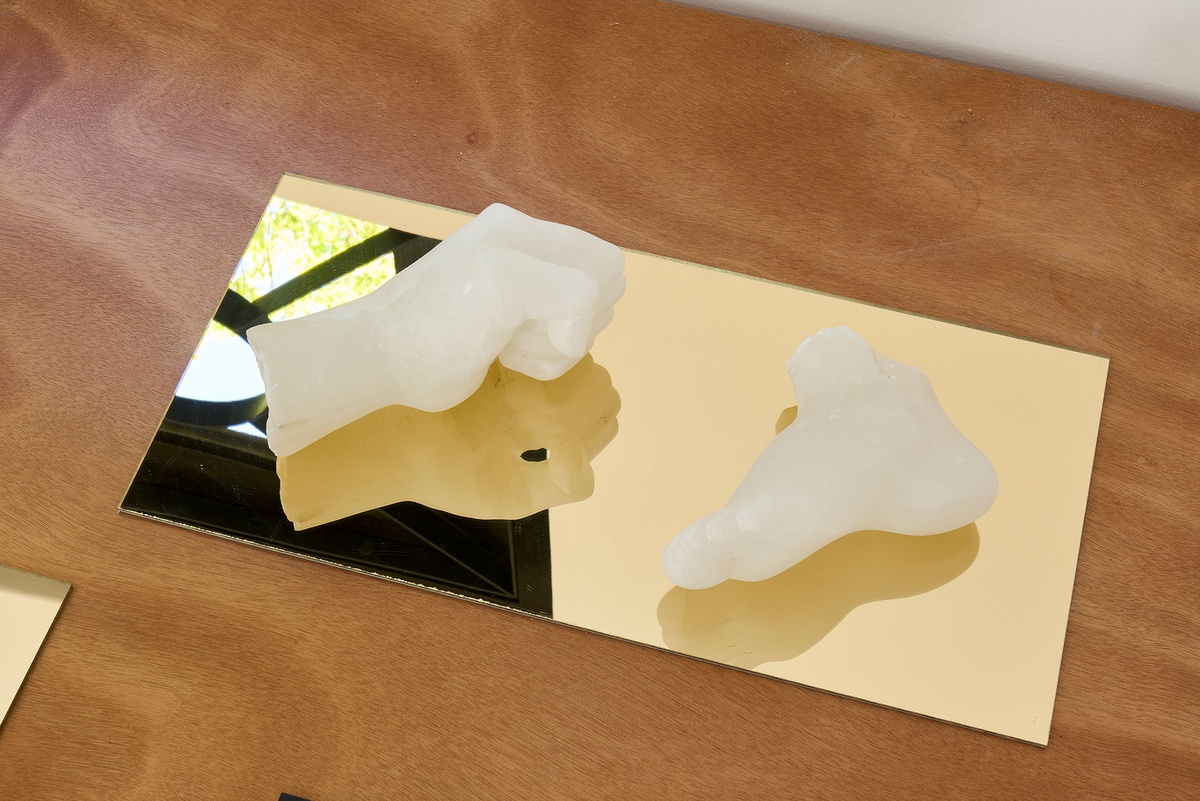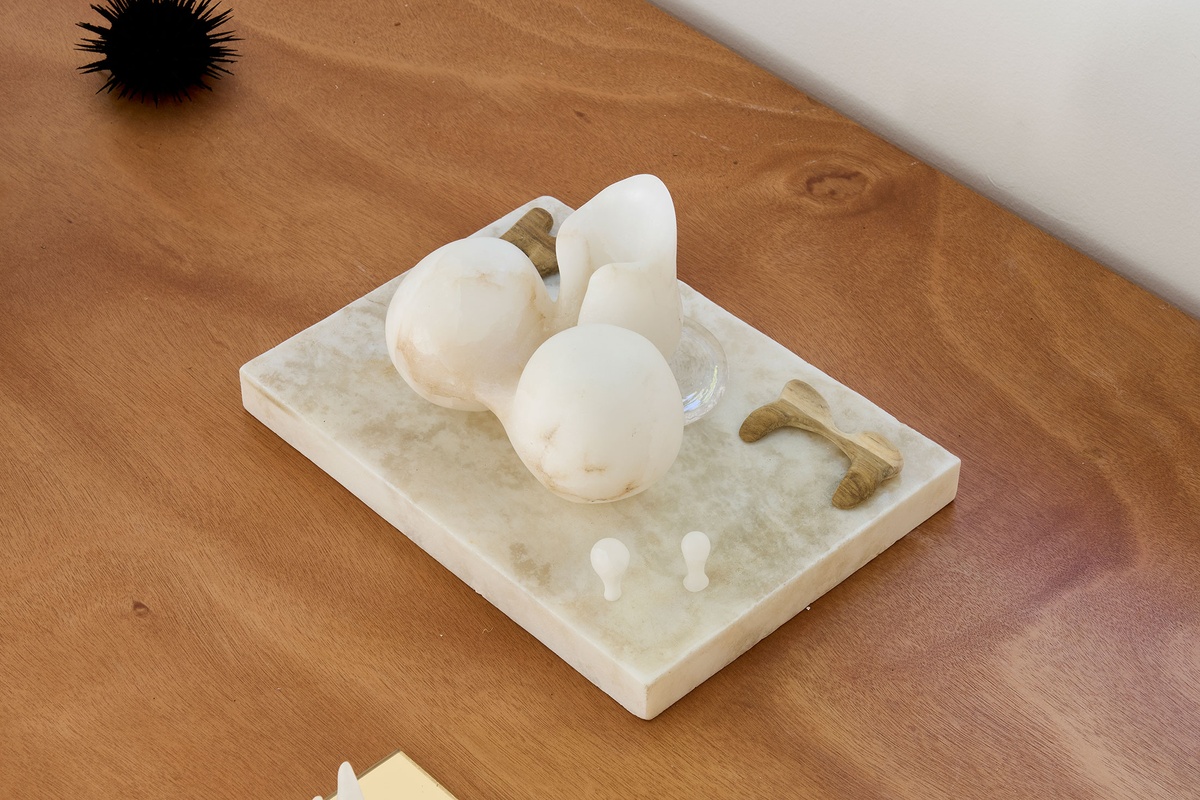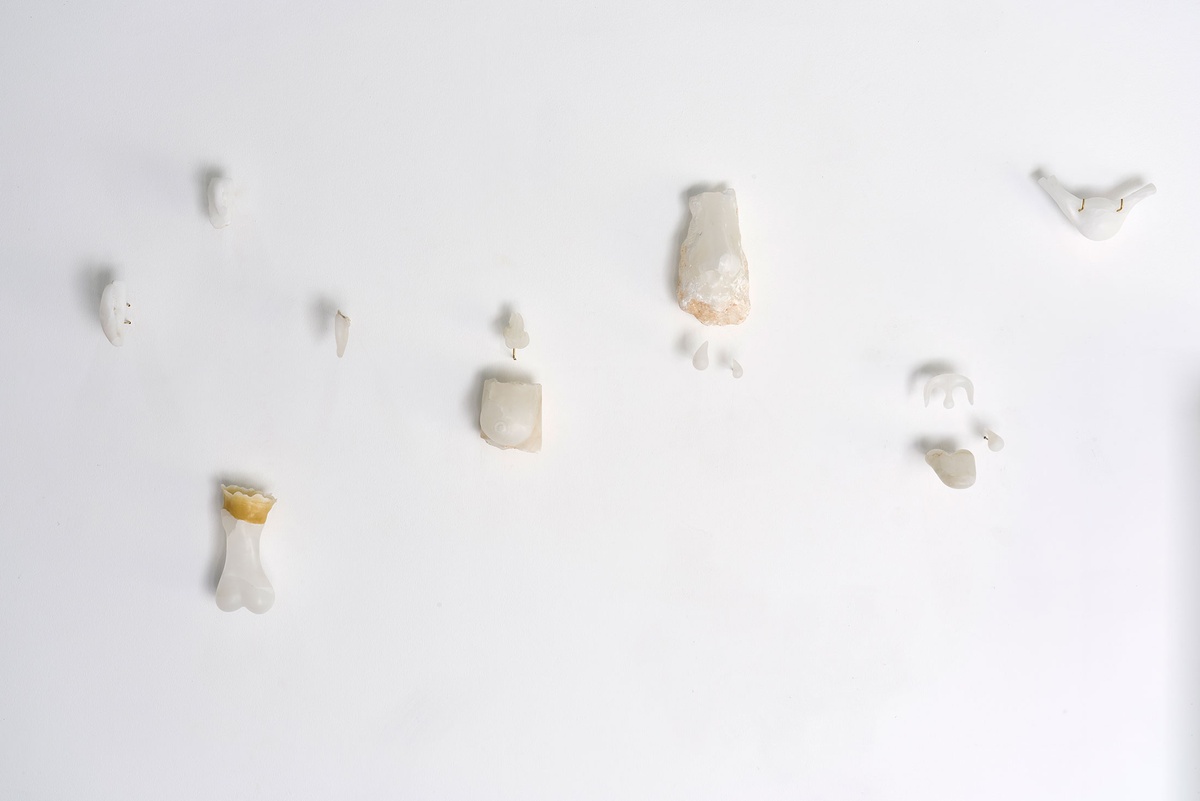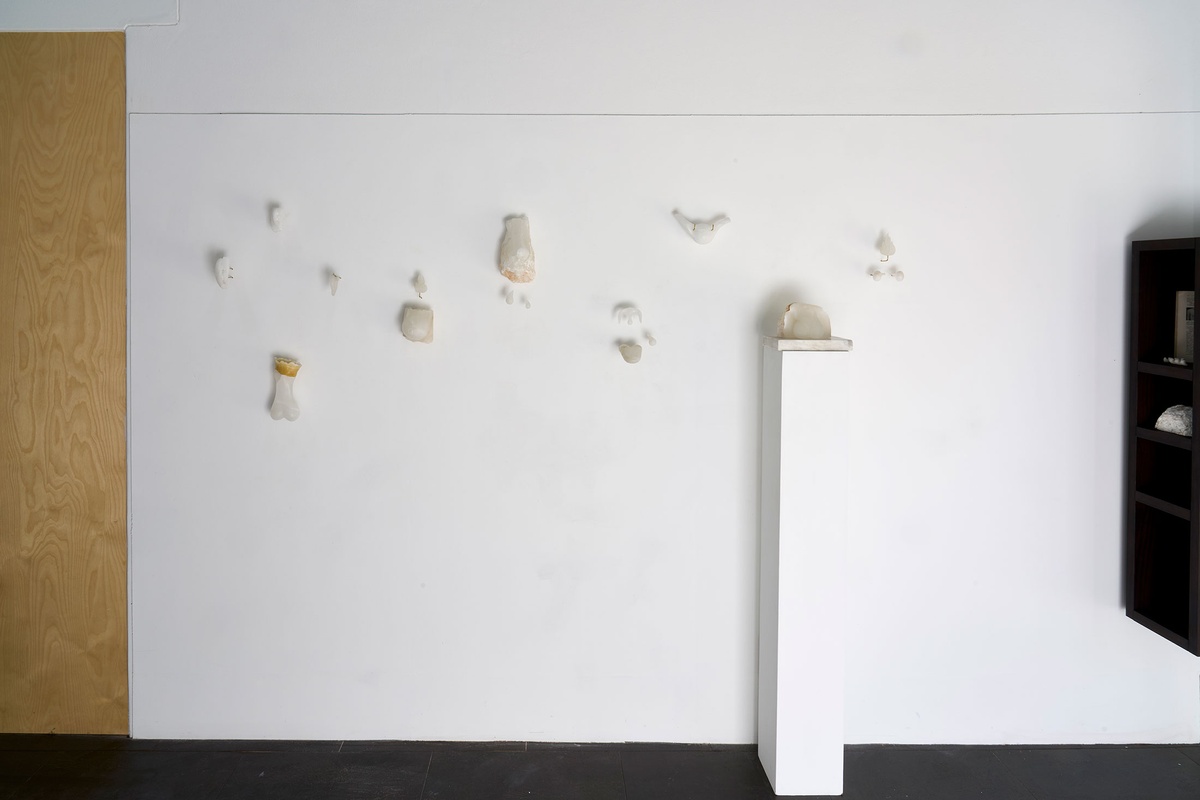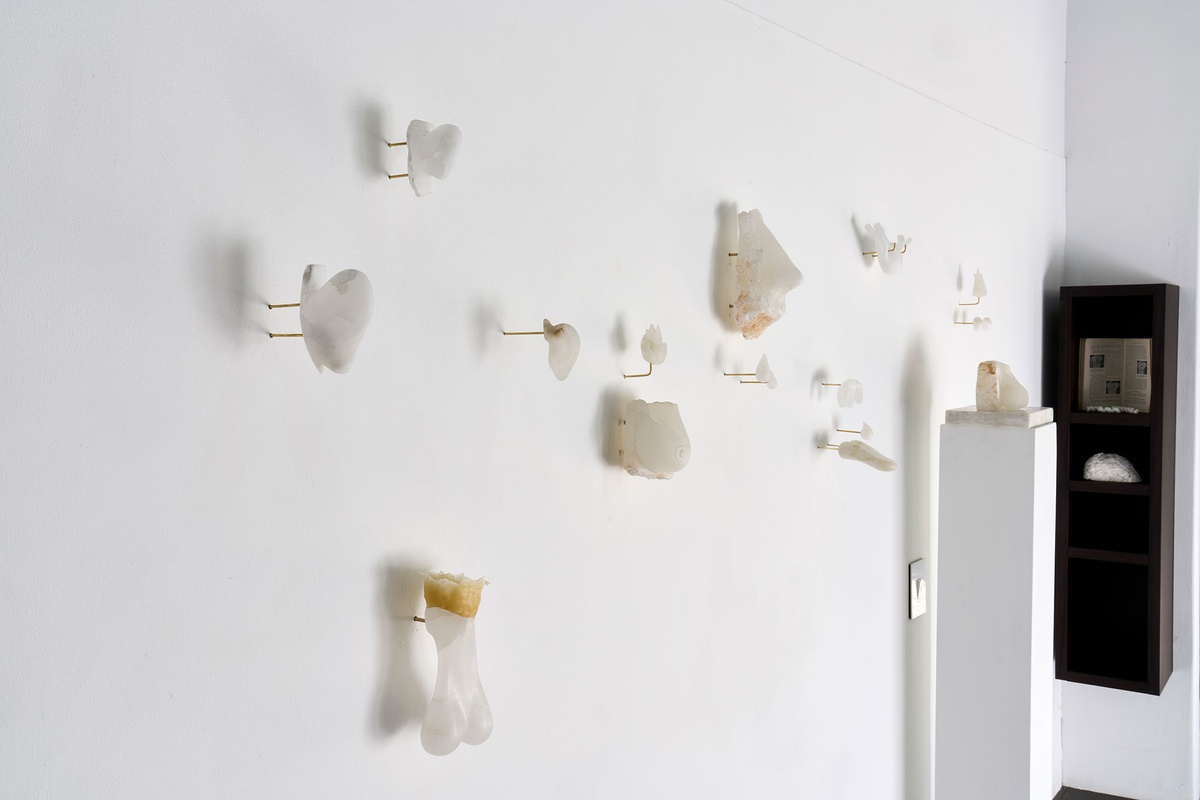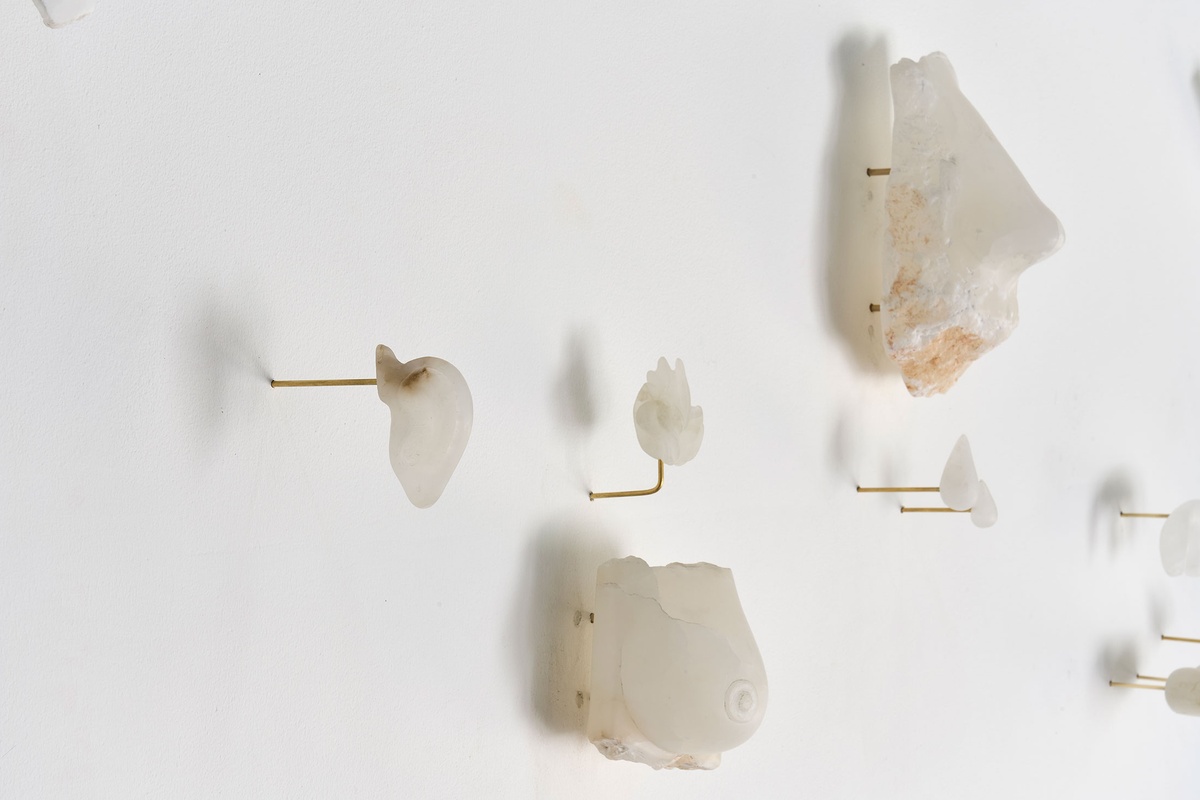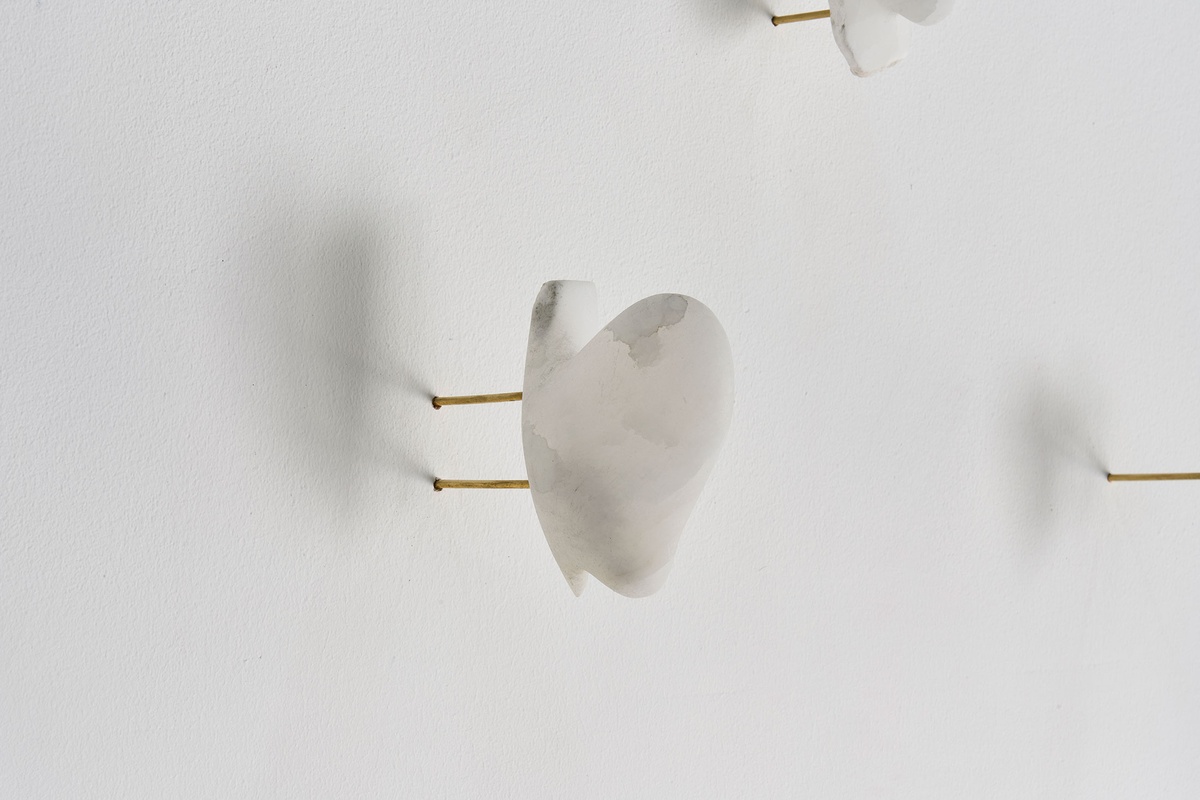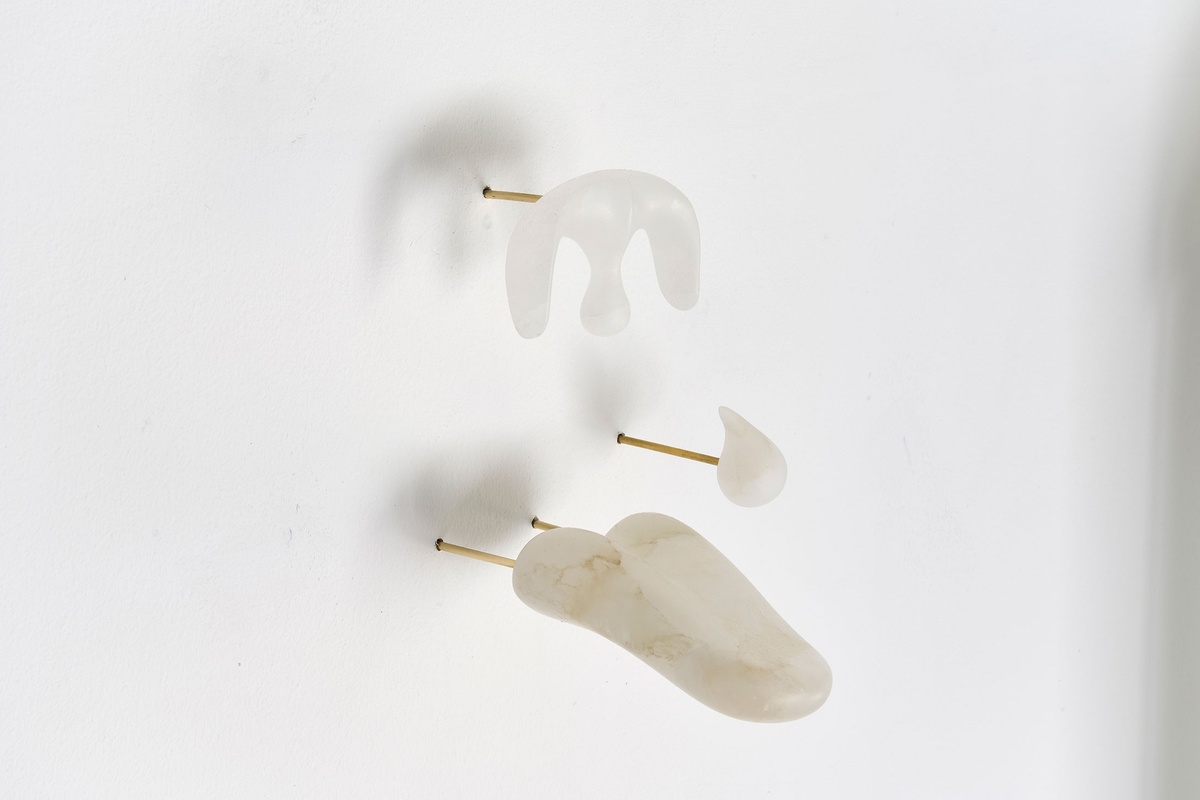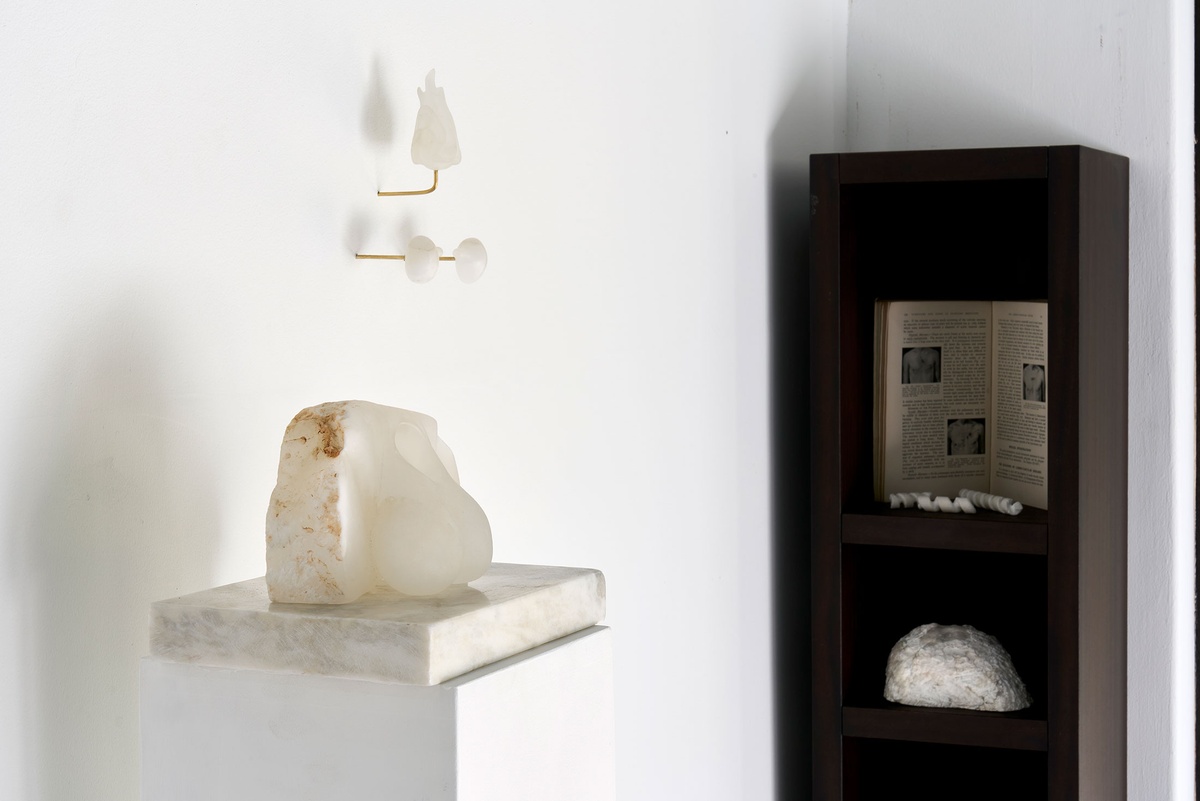Ernst van der Wal
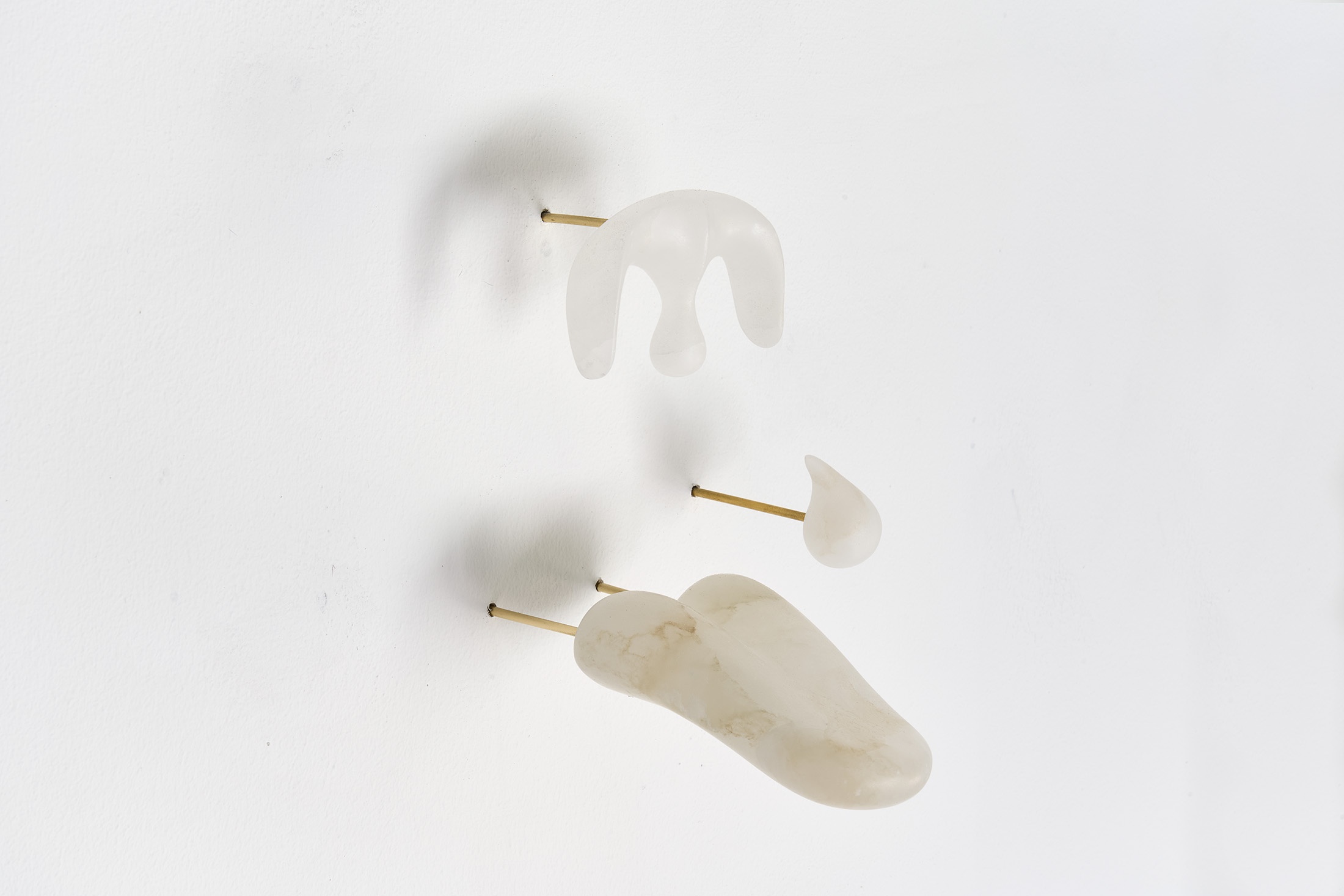
These objects form part of a larger body of alabaster work that is inspired by Estruscan votive offerings (3rd–2nd century BCE). Traditionally, these anatomical votive offerings were deposited in pits and graves, or kept in caves and temples. Their function: to support the living or accompany the dead on their afterlife journeys.
These modern reinterpretations of the votive tradition speak to our investment in objects and artefacts as a means to support human life while also offering a space for thinking about/with the body as a system of communication.
– Ernst van der Wal
b.1983, South Africa
Ernst van der Wal is an artist, researcher, and writer. He is an Associate Professor in the Department of Visual Arts at Stellenbosch University, where he completed his doctoral studies in 2013. His thesis explored the impact of photographic technologies on the visual representation and archival recollection of trans identities. This is aligned with broader research interests, which include the visual representation of queer politics and intimacies within the South African context. He is an Alexander von Humboldt Research Fellow at Humboldt University of Berlin and an elected member of the South African Young Academy of Science.
His creative practice includes drawing and sculpture, with human-object entanglements being of key thematic concern. He is specifically interested in the tactile intimacies these practices facilitate between human and non-human bodies.
